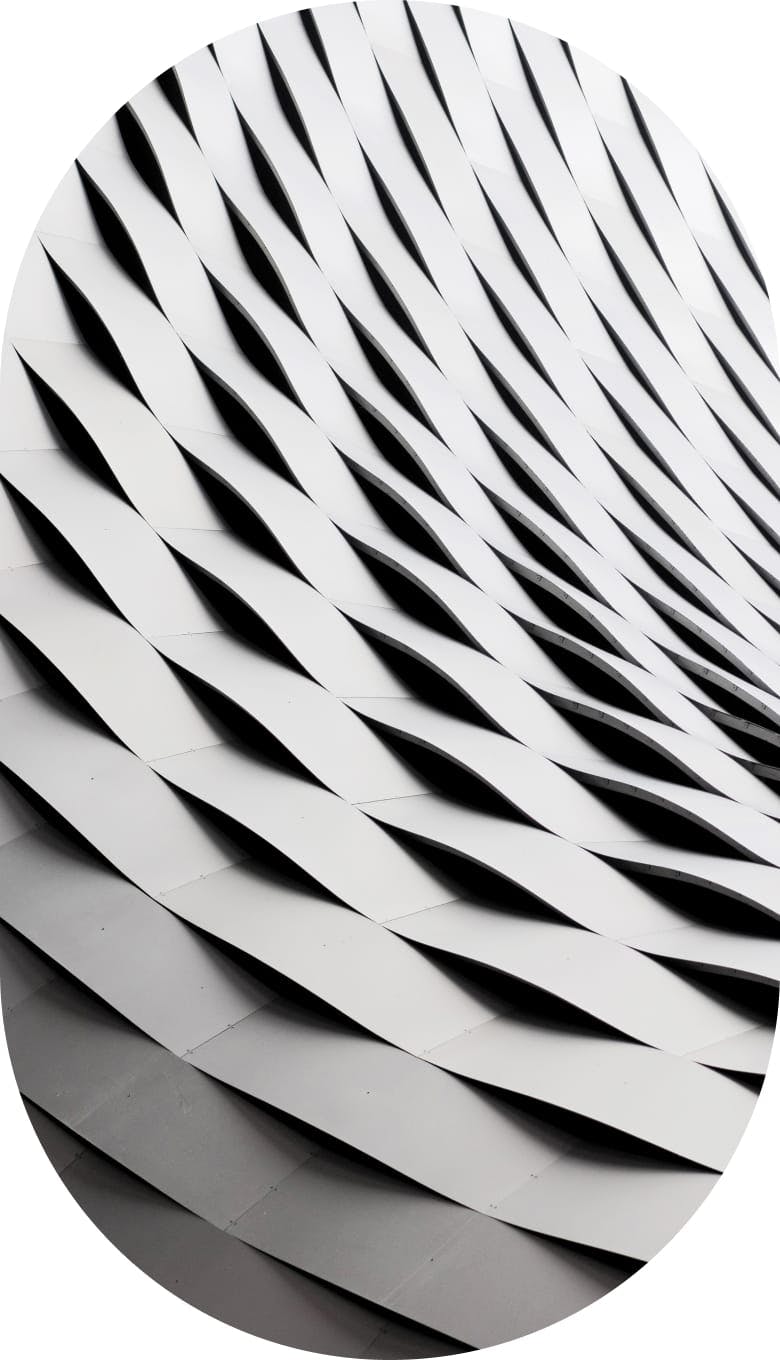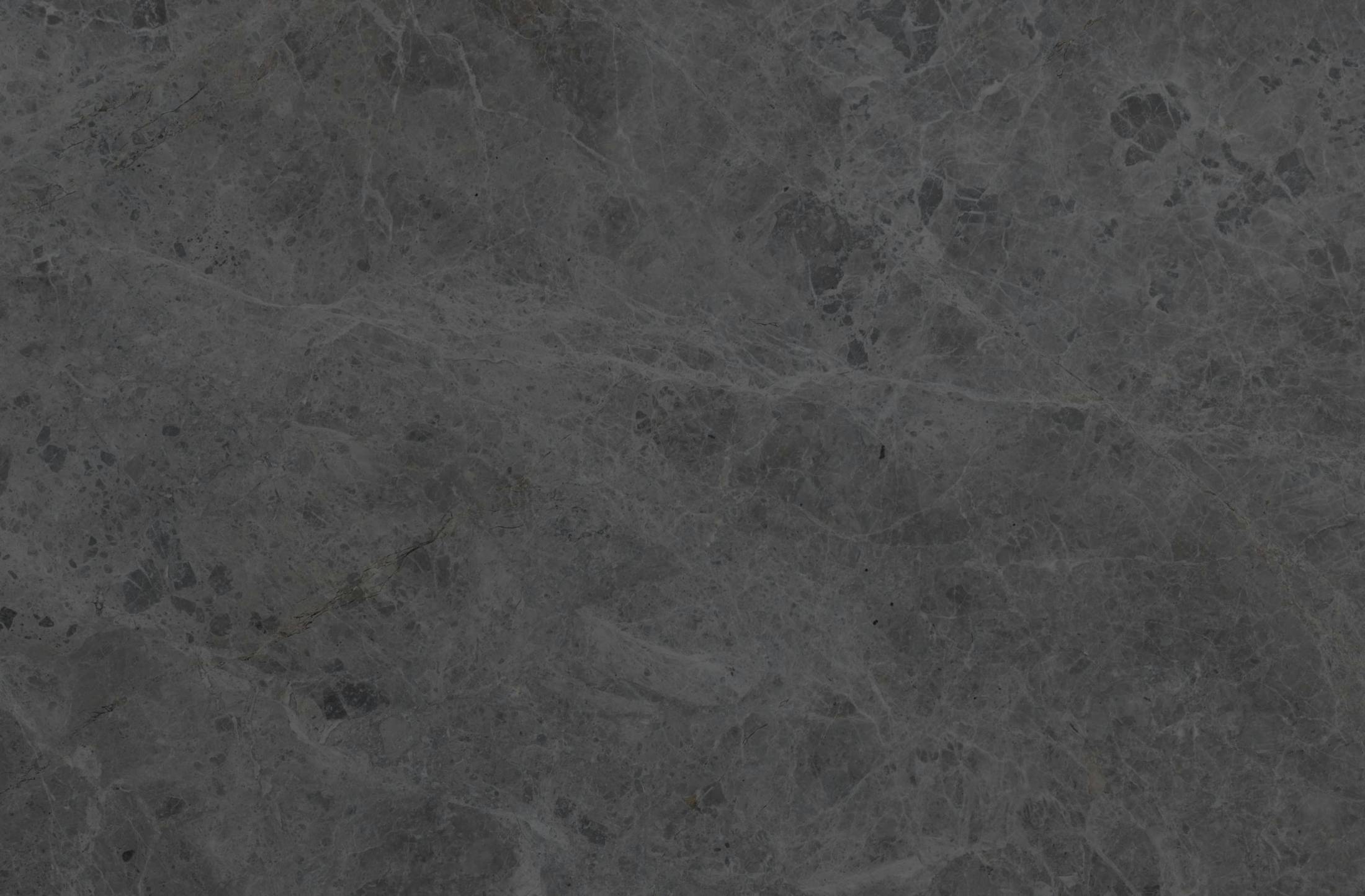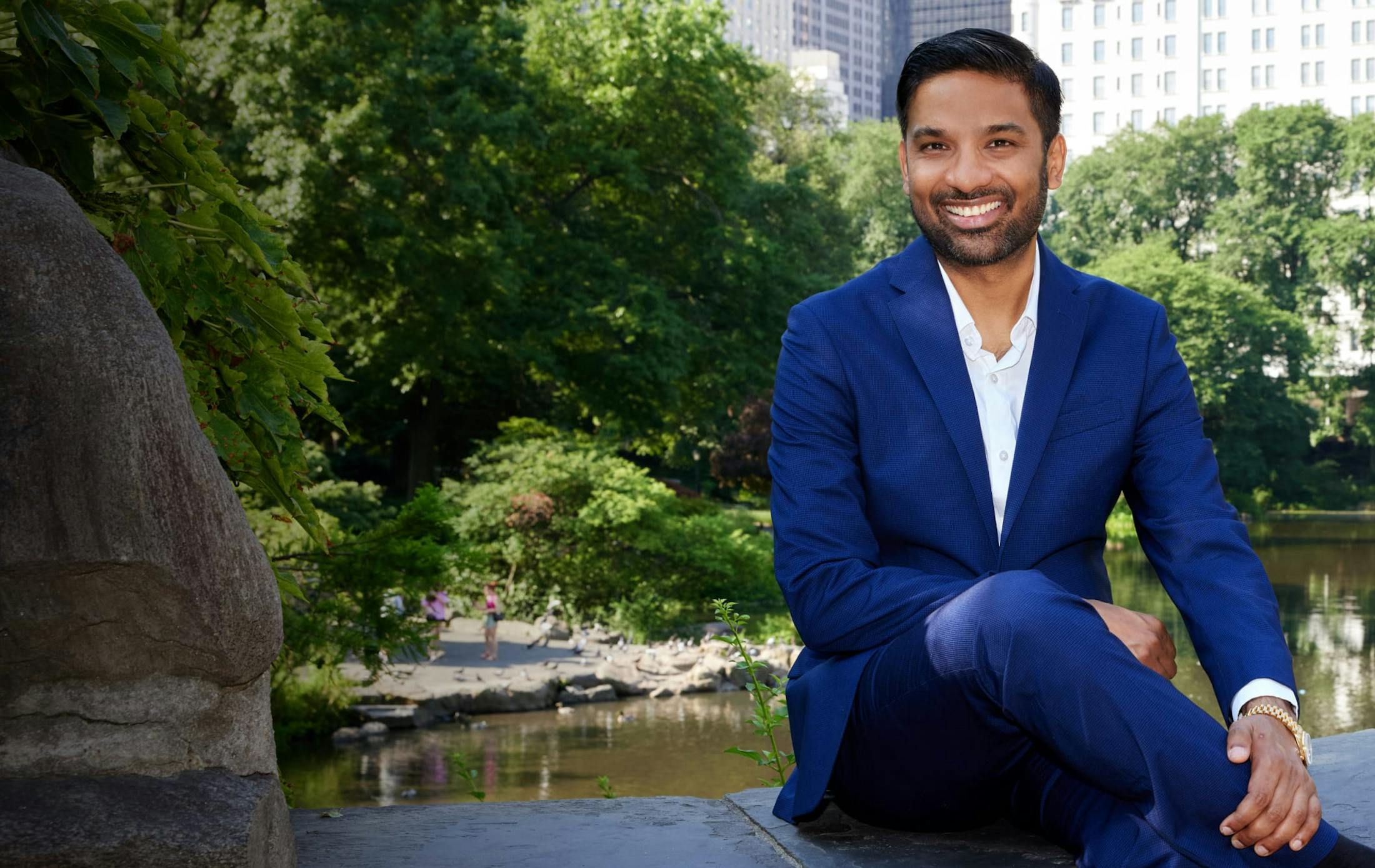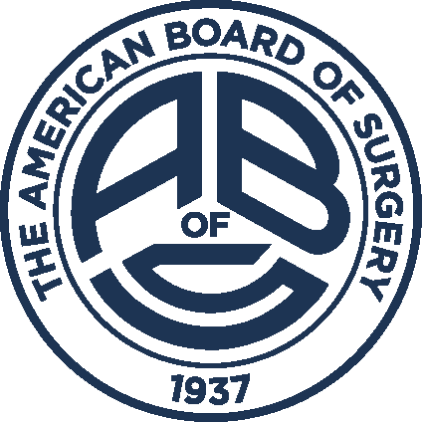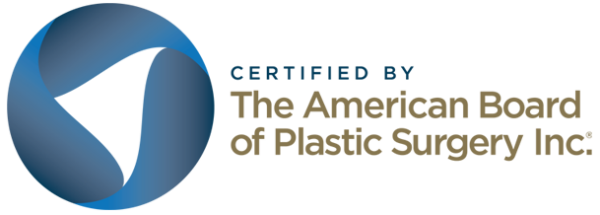Enhance your facial structure and create a more defined jawline with a customized chin augmentation from Dr. Mansher Singh, one of New York City’s most accomplished plastic surgeon. Dr. Singh’s expertise and personalized approach ensure the procedure results in a natural, balanced, and aesthetically pleasing profile.
What Can Chin Augmentation Correct?
Chin augmentation with implants can address a variety of cosmetic concerns related to the lower and mid portions of the face. Dr. Singh’s expertise allows him to enhance the jawline’s appearance, creating a more defined and contoured profile. This procedure is particularly effective in correcting:
- A Receding Chin: Enhances the projection of the chin for a more balanced profile.
- Lack of Jaw Definition: Creates a stronger, more pronounced jawline.
- Facial Imbalance: Improves symmetry, particularly when the chin is out of proportion with other features, such as the nose.
- Double Chin: Reduces the appearance of a double chin by adding volume for a more defined chin and jawline.







